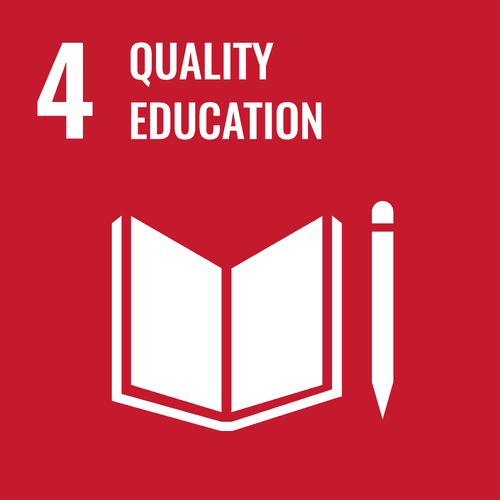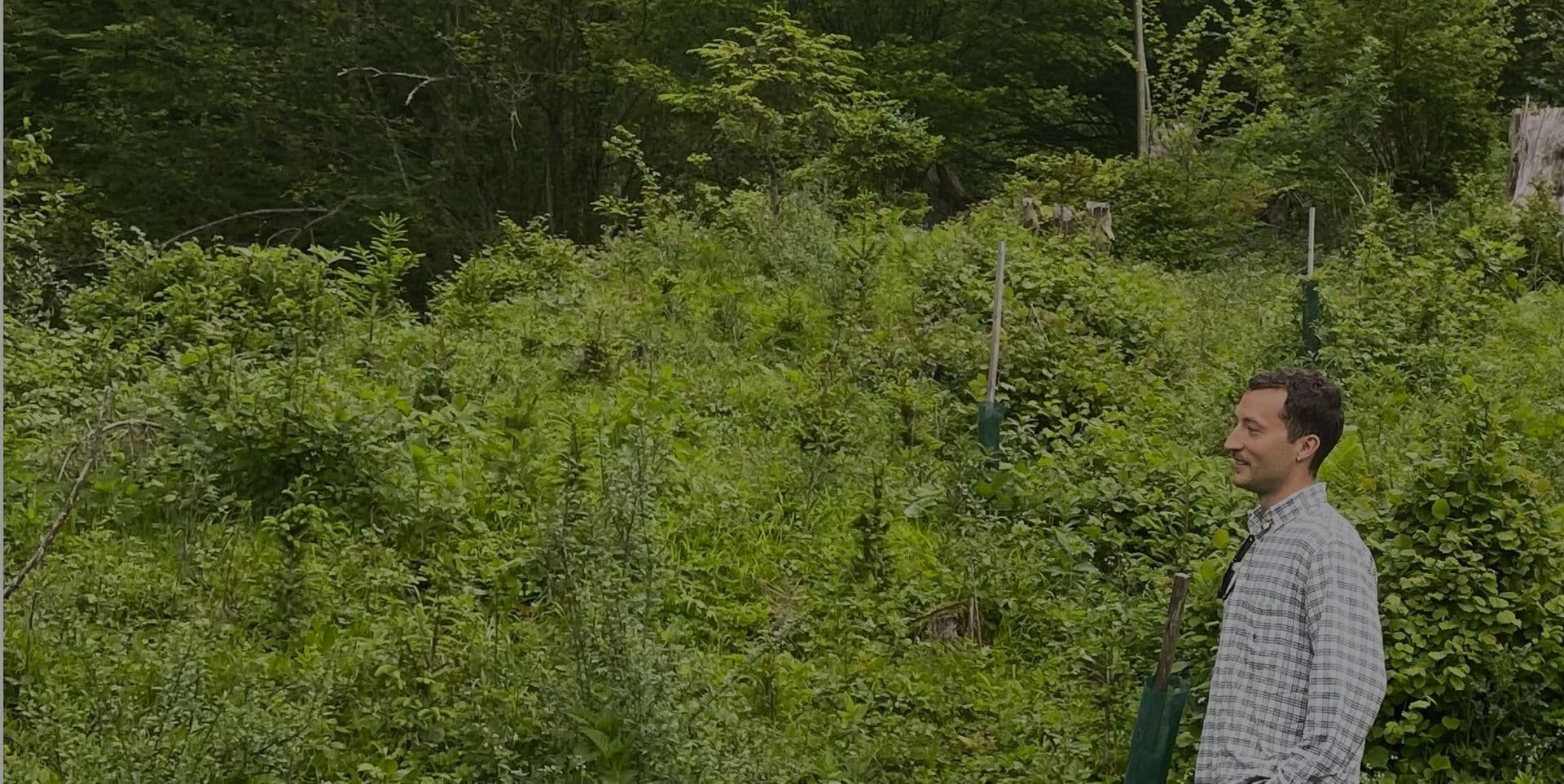
City of Vienna
Project Infos
Project Area
4,419.1 ha
Location
Wien
Project Start Date
January 2023
Project Time Span
30 years
Project Type
IFM - Conservation
Project Developer
Tree.ly, Dornbirn
Verification Standard
SILVACONSULT® Forest Carbon Standard, ISO 14064-2

Credits available
Risk Buffer Share
10%

Would you like to support this project?
Contact one of our experts for a consultation.
Contact MaximilianForests in all their diversity of layers and levels

Rare Alpine longhorned beetle in the Vienna Woods, an important inhabitant of near-natural forests.
Beech and oak mixed forests shape the landscape
Vital oak forest stands
Biotope trees - home to many microorganisms
Unique growth forms
Viennese children learn about the forest at the Ottakring Forest School
Species-rich watercourses run through the forest
A life in harmony with the forest

Working with horses: Protects the harvest and prevents soil compaction
Forest Climate Protection Project
A forest with special features
Support Forests in Your Region
Buy regional credits to make a valuable contribution to the current climate problem.

Maximilian Venhofen
Carbon Sales Expert

Mixed deciduous forests
In mixed deciduous forests, the diversity of tree species acts as a shield against pest infestation. At the same time, the falling leaves and organic materials contribute to soil improvement and nutrient enrichment. In this way, they increase nutrient availability for plants and microorganisms and promote efficient water storage.

Special biodiversity
The biodiversity in the Vienna City Forestry Department is impressive and makes it a unique ecosystem. To date, a total of 2,555 known animal species thrive here, including special Natura 2000 beetle species such as the Violet Blue Root Weevil, the Capricorn Beetle, the Alpine Longhorn Beetle, the Stag Beetle, the Heath Tiger Beetle, the Scarlet Beetle, and the Four-toothed Dung Beetle. Along with the researched 578 fungal species and 1,713 plant species, this diversity lends the forest its uniqueness and ensures the stability of the ecosystem.

Downy oak scrub forests
Downy oak has deep roots to absorb water from deeper soil layers. These plants have developed clever adaptations to cope with changing conditions such as dry phases and intense sunlight. These forests of Vienna are essential for soil protection, erosion prevention and the preservation of biodiversity.
Genuine
Meaningful actions with your money

Forest Restructuring
Monoculture stands are being converted into climate-resilient mixed forests.

Reforestration
Reforestation of former damaged areas is undertaken.

Regeneration
Measures such as browsing protection, regeneration promoting measures, etc.

Conservation
Biodiversity enhancement, deadwood, water protection.

Protection Forests
Supporting the forest's protective function against avalanches, landslides, etc.

Timber harvesting
Use of methods that are gentle on the stock, such as backing with horses and modern technology

Forest Infrastructure
Accessibility is improved by the creation and maintenance of roads, which enables careful forest management.
Problems
Insight into the challenges

Historical legacies
The Vienna Forestry Office has placed special emphasis on addressing 'Historical Legacy Sites' – woodland areas that emerged following extensive clear-cutting in the aftermath of both World Wars. These stands are characterized by limited resilience and structural diversity, rendering them more susceptible to diseases, pests, and environmental shifts.

Intensive recreational use
The Vienna Forestry Office faces challenges associated with intensive recreational use and extended borders adjacent to residential areas and roads. Recreational activities can result in adverse effects such as soil erosion and disturbances to wildlife. Long borders with neighboring communities and roads introduce noise, light pollution, and foreign substance infiltration.

Drought and heat
Climate change is significantly impacting the Vienna region through drought and heat. Rising temperatures and reduced rainfall result in prolonged dry periods and heatwaves. In the Vienna Woods, there are already instances of tree species like the Mountain Maple and Bird Cherry facing decline in dry locations.
SUSTAINABLE DEVELOPMENT GOALS
How this project supports the SDGs
We are committed to directly and indirectly supporting the UN Sustainable Development Goals in our climate protection projects. The SDGs provide an excellent framework for activities that contribute to a better and more sustainable future.

SDG4
Quality Education
Since 1998, the Vienna Forest School Ottakring has been providing annual forest tours for 5,000 students. In collaboration with the Vienna Woods Biosphere Reserve, we organize the "Day of Biodiversity" every two years, offering nature education for 150 school classes. We also offer themed tours and exhibitions for adults, advocating for forest education and conservation.
SDG13
Climate Action
Carefully planned and executed forest management measures can significantly and sustainably enhance the resilience of ecosystems. Simultaneously, these actions provide the opportunity to specifically improve structurally and species-poor forest stands, leading to increased CO₂ storage in the forest.
SDG15
Life on Land
Within the forests managed by the Vienna City Forestry Department, there are beech-oak mixed forests as well as Scots pine forests, alder-ash forests, and downy oak scrub forests. These woodlands harbor a diverse biodiversity. The forest preserves this diversity by offering protection, sustenance, and habitat for various species.
ISO 14064-2:2019-based methodology
Our projects utilize the "SILVACONSULT® Forest Carbon Standard" methodology in accordance with ISO 14064-2:2019. This standard ensures that companies follow transparent and consistent methods to measure and report their emissions.

Externally certified projects
In collaboration with our partner, we arrange for the validation of our projects by an external certifier such as TÜV Austria. Subsequently, we coordinate the annual monitoring with the certifier, as well as handle the marketing and distribution of the verified emissions reductions (VERs).

Forest Climate Protection with Tree.ly

